
We kindly inform you that, as long as the subject affiliation of our 300.000+ articles is in progress, you might get unsufficient or no results on your third level or second level search. In this case, please broaden your search criteria.

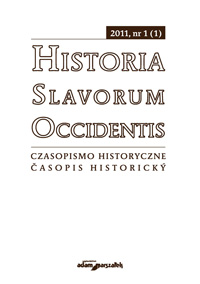
The paper aims to present both complex nature and multiple origins of deepseated conflict with reference to validity of Central European medieval state model. The author emphasizes that the discussion on early medieval forms of state on territories of contemporary Czech Republic, Moravia, Poland, Slovakia or Hungary may be continued only on international scholarly forum that eliminates all socio-political factors (see Feyerabend) influencing the development of scientific theory and method. The origin of narrative framework for understanding and creating the Central European medieval state model should be linked with Polish authors. In contemporary Polish historiography that issue is being raised again. Thus we may expect that return of that subject of research would provide us a wider framework for scientific cooperation between Polish and Czech medieval history studies.
More...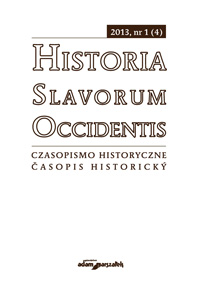
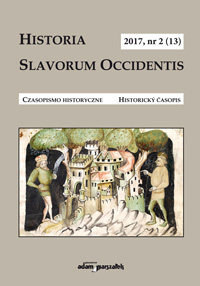
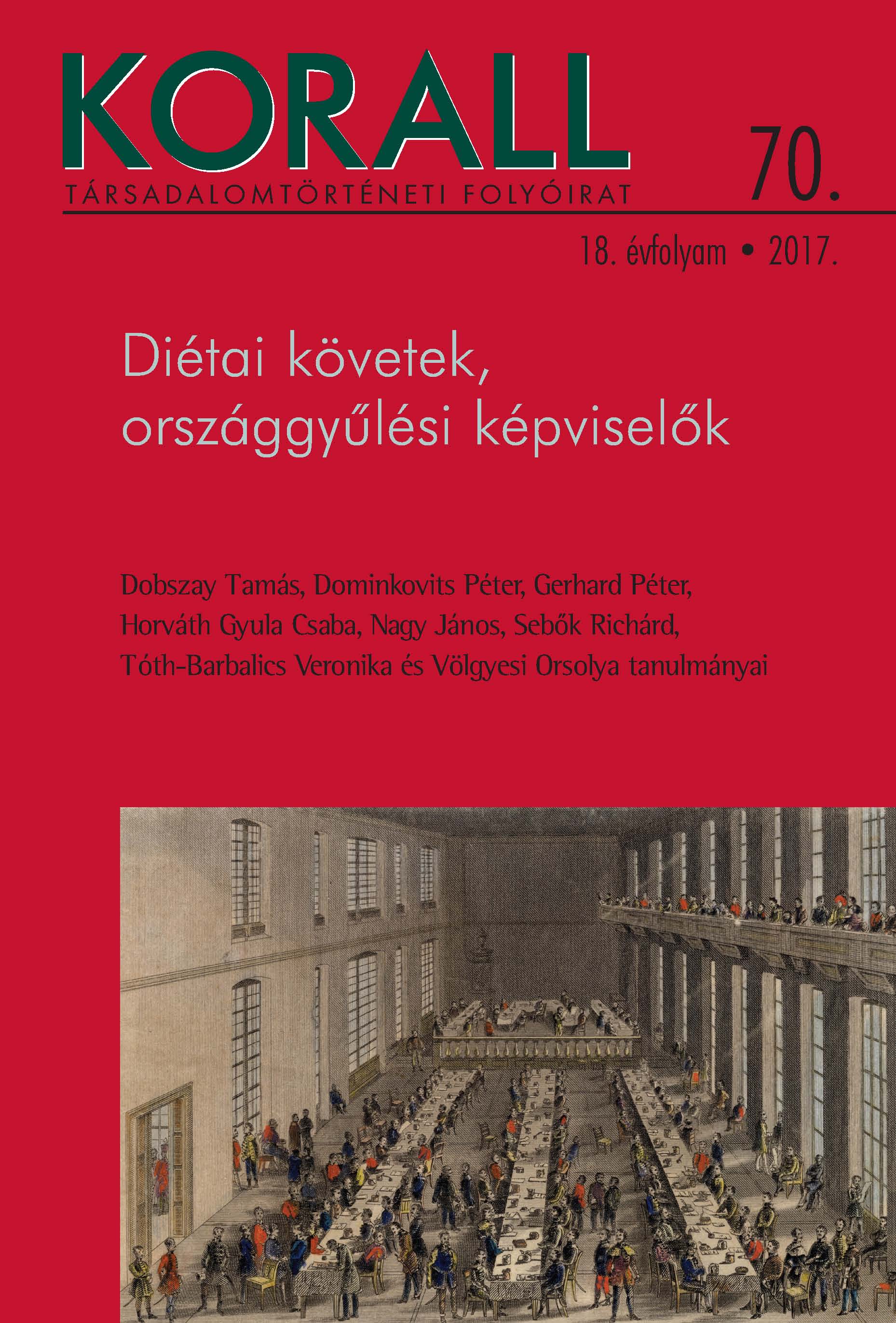
Nagy Péter: A Rima vonzásában. Az ózdi helyi és gyári társadalom a késő dualizmustól az államosításig. Napvilág Kiadó, Budapest, 2016. 384 oldal.
More...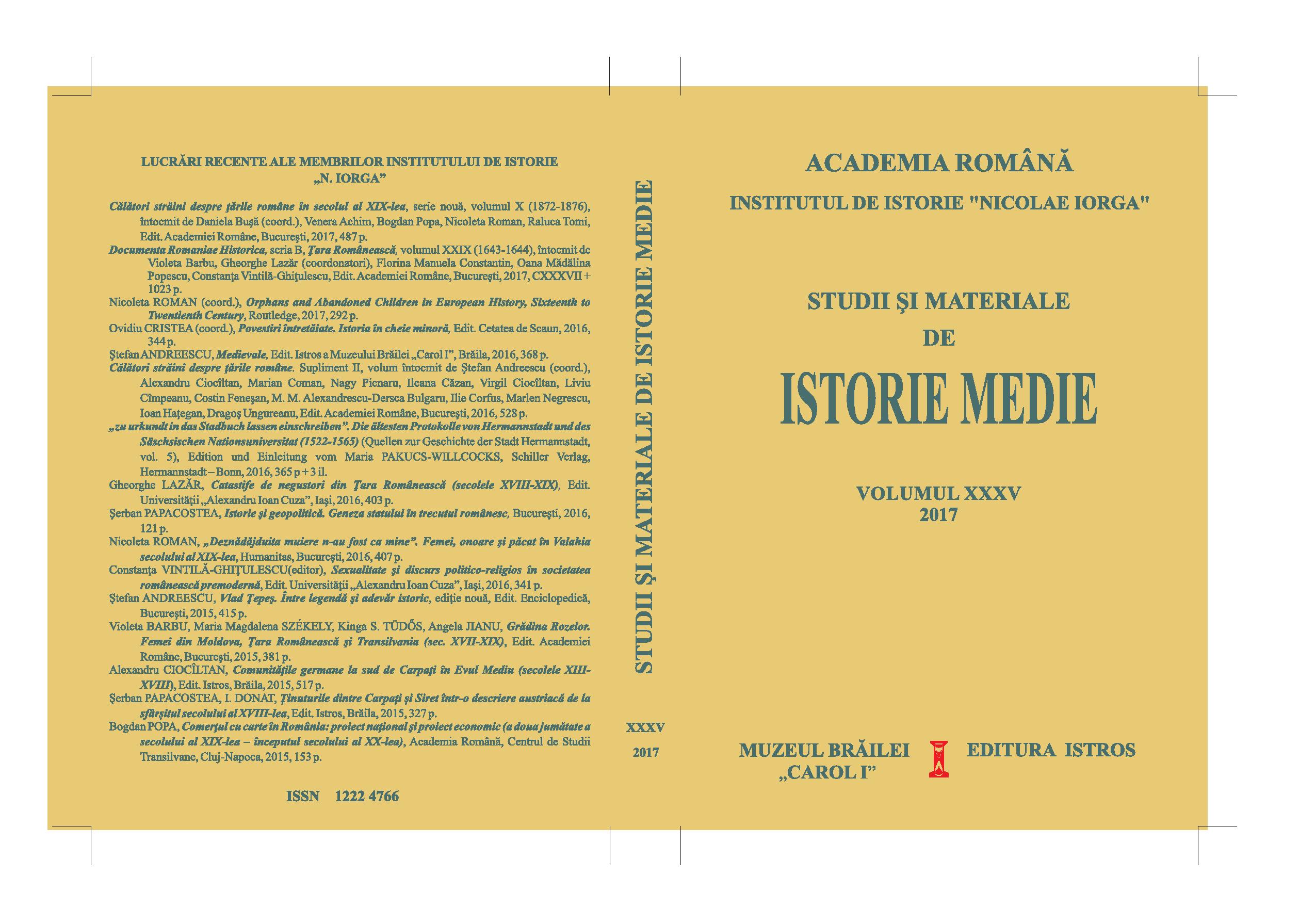
The present article focuses on the so called crypto-Catholicism from the early modern Ottoman Albania, as documented by the missionary accounts, which are practically the only available sources for studying this phenomenon. Using the twin concepts of simulation and dissimulation of faith, as defined in the normative texts of the Roman Curia, our goal is to analyse and contextualize the various practices linked to the occultation of faith. We investigated especially the way(s) in which the Roman clergy, both local and central, addressed such delicate and uncomfortable issues. Our conclusion is that, unlike the Roman Curia (i.e. Propaganda Fide or the Sacred Office), which constantly and inflexibly discouraged such practices, the local clergy tended to regard them more indulgently and on a rather pragmatic basis.
More...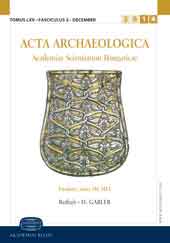
In this article we would like to analyse the so-called ceremonial-type potteries (hanging anthropomorphic amphoras, pedestalled cups, Ossarn-type cups, rhyton, churns: bottle, painted potteries, bipartite bowls) of Balatonőszöd-Temetőidűlő (settlement of Baden culture, Hungary, Transdanubia) with the connection of sacrificial features and magical objects.
More...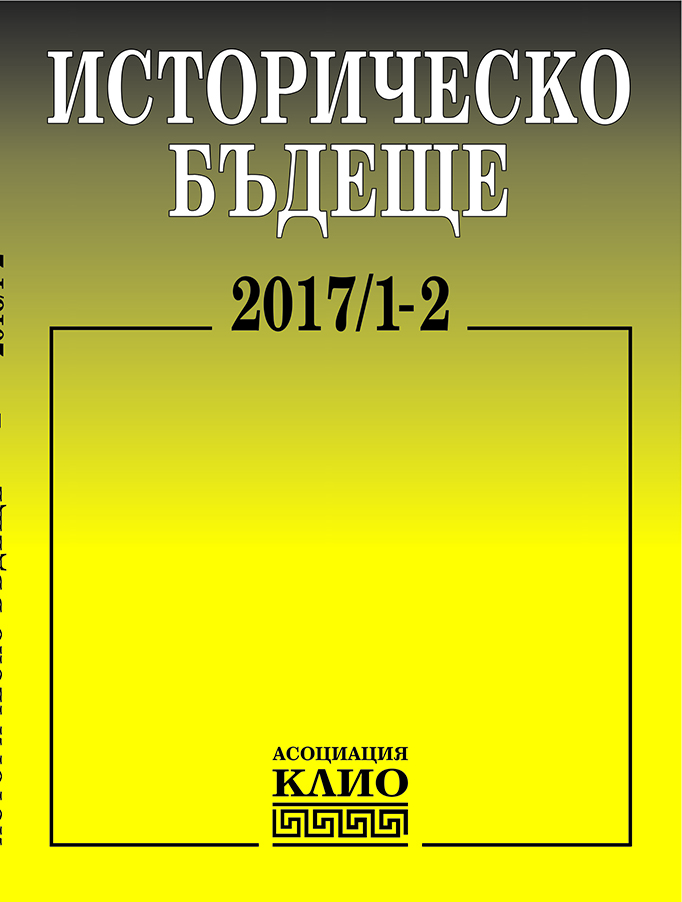
A presentation of “City Planning of Sofia. The Pulse of the City in Time”
More...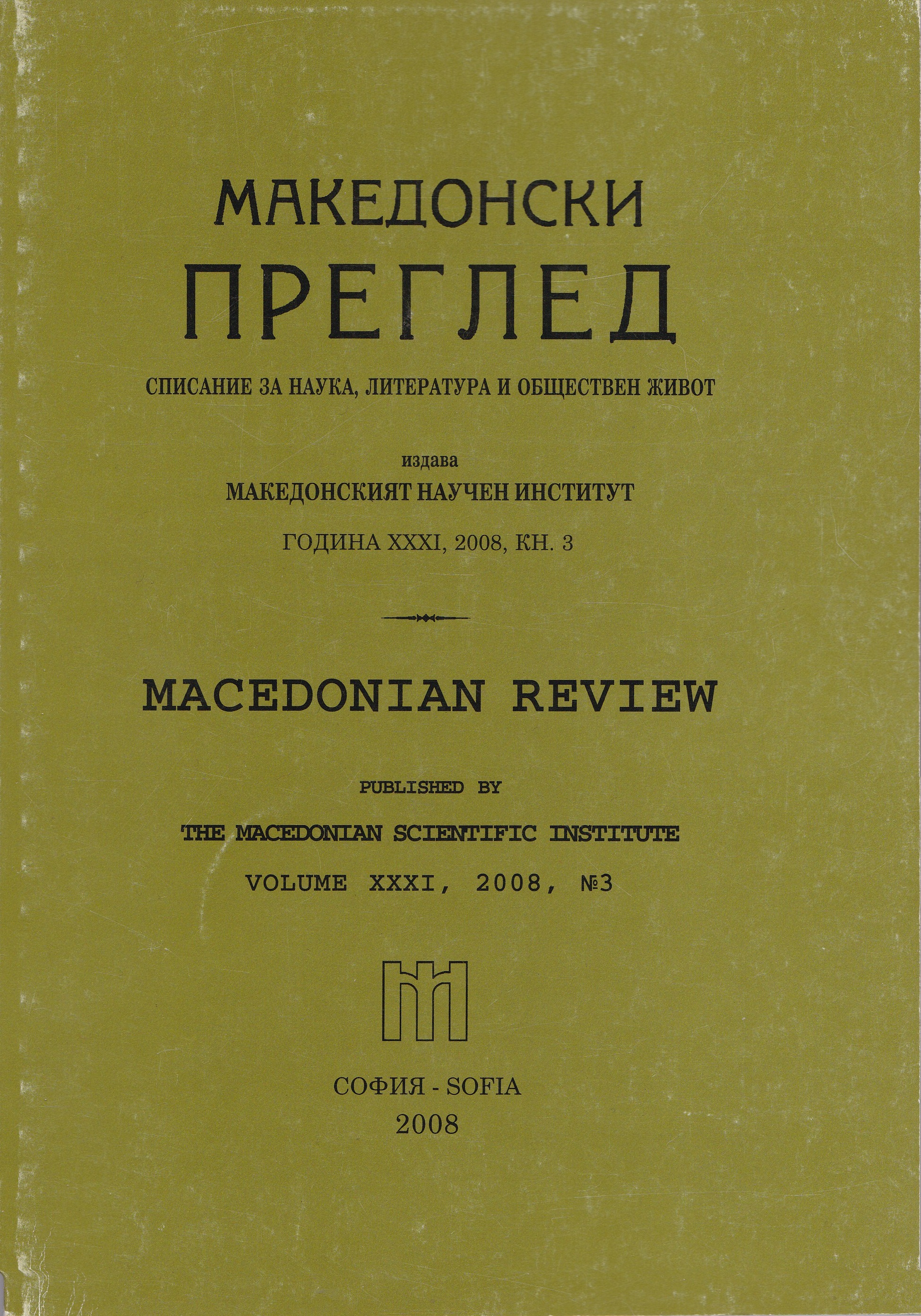
The research completes the news received up to now on the resav spelling, representing a memorial which was probably created in Pchin Monastery - „Saint Prohor of Pchin".
More...


![Цветан Грозданов. Живописот на охридската архиепископи]а.
Студии, изд. Македонска академи|а на науките и Фонд Трифун Костовски, Скофе, 2007, 468 с., цветни и чернобели илюстрации, иконографски схеми](/api/image/getissuecoverimage?id=picture_2008_38920.jpg)
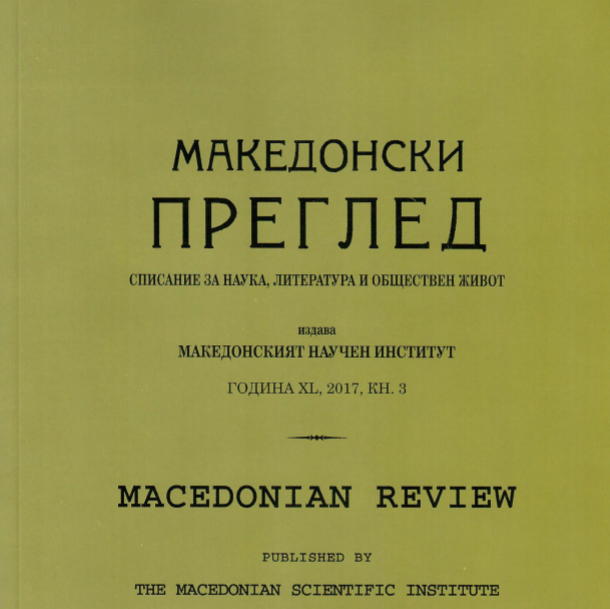
The Kresna-Razlog Uprising 1878–1879 and the Unification of the “Two Bul- garias” in 1885 were the two highlights along the journey on which embarked the all-Bulgarian revolutionary movement from the epoch of National Revival towards its “Modernity”
More...
The Kresna-Razlog Uprising 1878–1879 and the Unification of the “Two Bul- garias” in 1885 were the two highlights along the journey on which embarked the all-Bulgarian revolutionary movement from the epoch of National Revival towards its “Modernity”
More...
The topic under discussion is an attempt at an evaluation of the socio-cultural exchange that runs on daily basis through social networks.
More...


